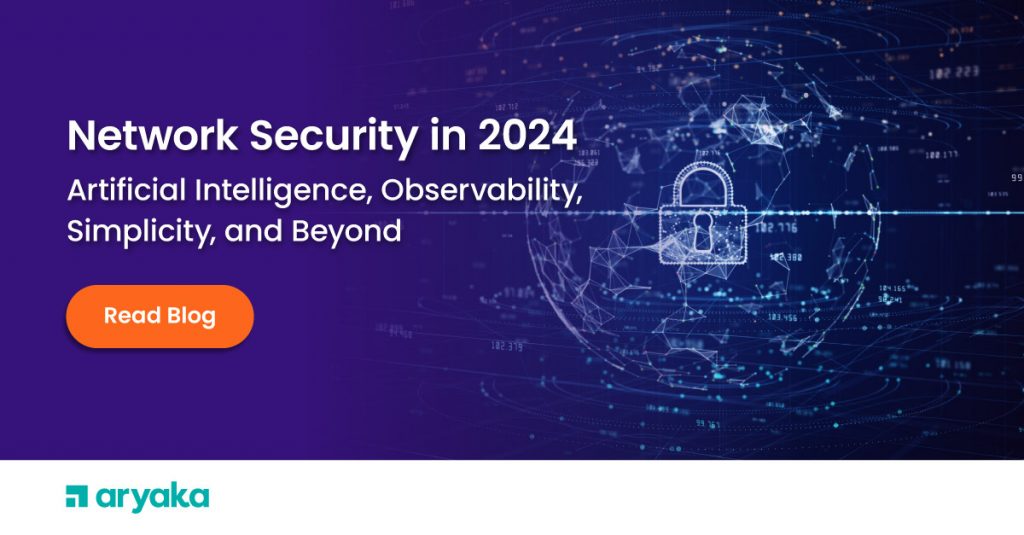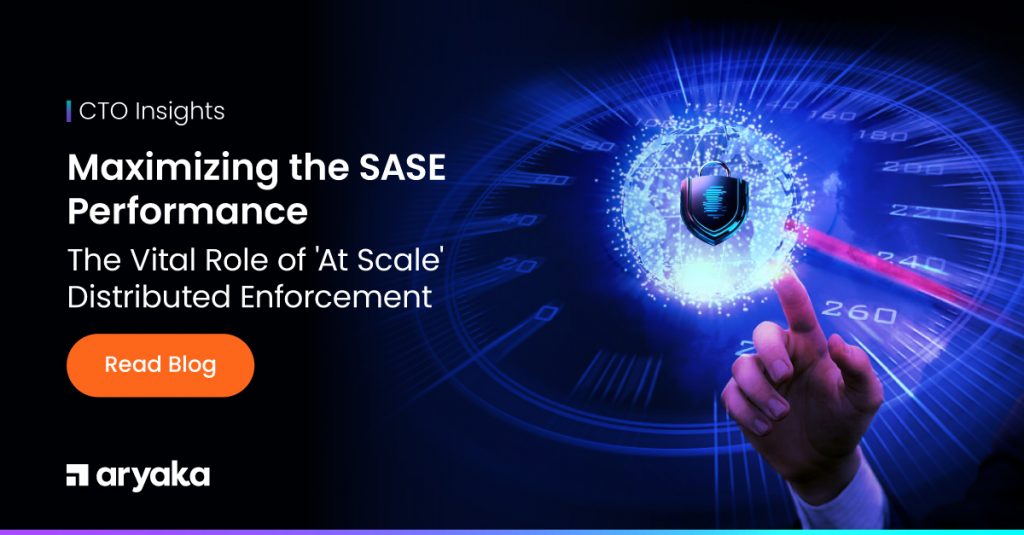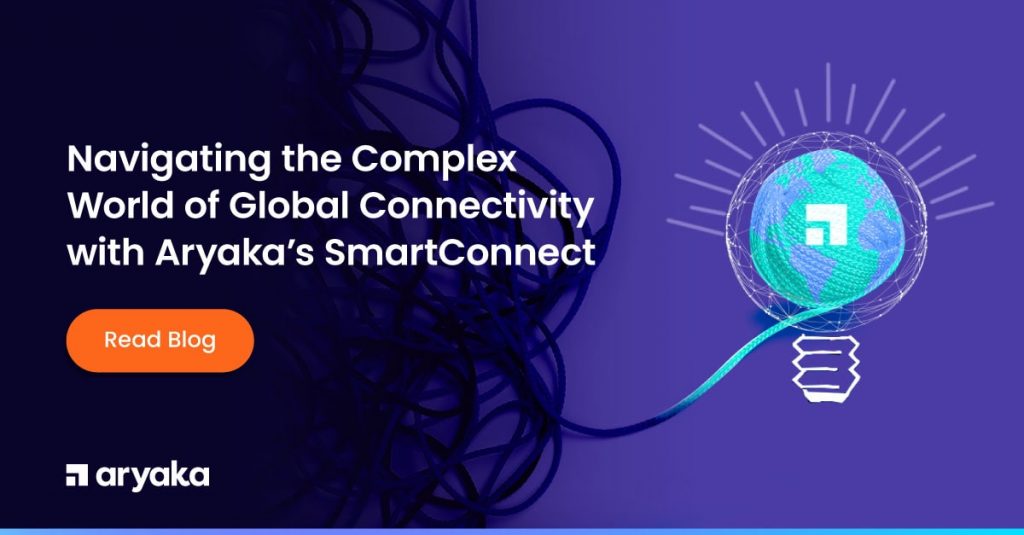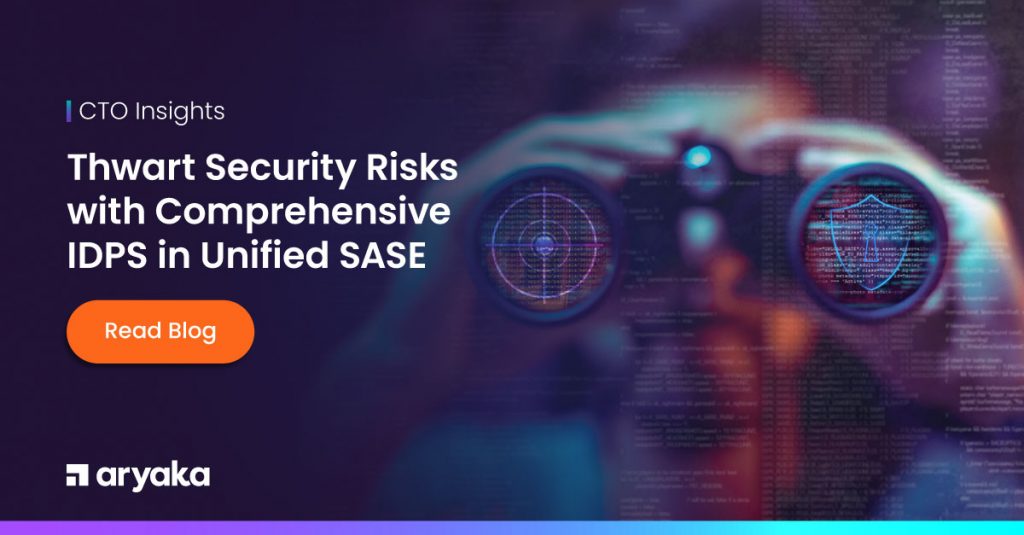With the Rise of the Hybrid Workforce, It’s Time to Reevaluate the Advantages of Desktop as-a-Service

Many of you may have heard about virtual desktop infrastructure (VDI), a smaller percentage may have used the technology, and of these, I’m sure many of you all have experiences to share, the good, the bad, and the ugly. VDI on its own is a great concept, combining security, remote management, anywhere availability of applications and data, and the ability to quickly deploy these capabilities to far-flung workers such as with Business Process Outsourcing or customer care. Pre-COVID, some verticals such as financial services embraced VDI for security. Unfortunately, the promise many times didn’t meet the expectations due to poor internet connectivity, underpowered clients, less than cooperative protocols, and even server-side issues. At times, when the experience was subpar and therefore nonproductive, it could be difficult to find the source of the issue.
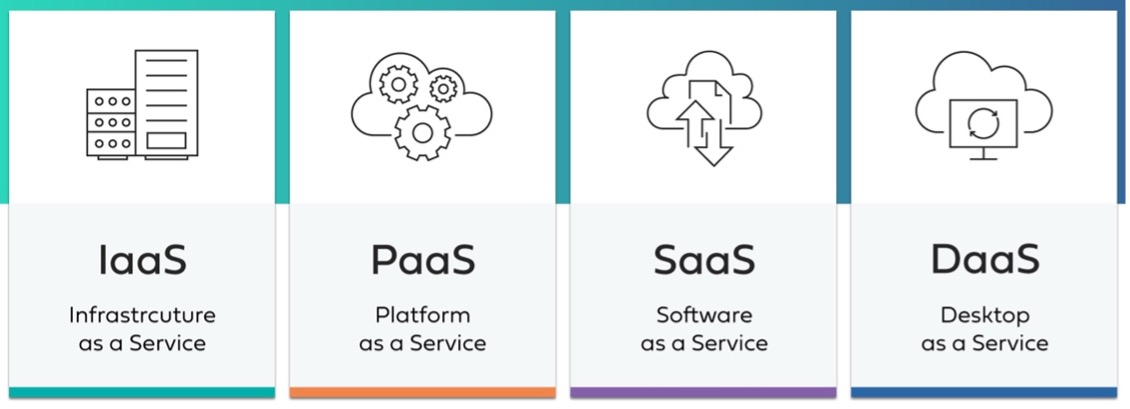
Thanks to advancements in cloud infrastructure, VDI has evolved into a new and potentially lucrative force to be reckoned with. Only now, instead of VDI, it’s being repackaged as Desktop as-a-Service (DaaS). Yes, it’s another four-letter “as-a-Service” acronym to add to your cloud naming repertoire that includes the likes of IaaS, PaaS, SaaS, etc. Where VDI was primarily deployed as an on-premises solution, with enterprise IT responsible for deployment and operation, the formal DaaS definition is as a cloud-delivered service. Basically, the likes of AWS and Azure hosting virtual machines that deliver the desktop experience remotely. DaaS offers the same advantages of the cloud consumption model for compute and storage – OPEX-only, scalability, flexibility, simplicity – now delivered to the desktop.
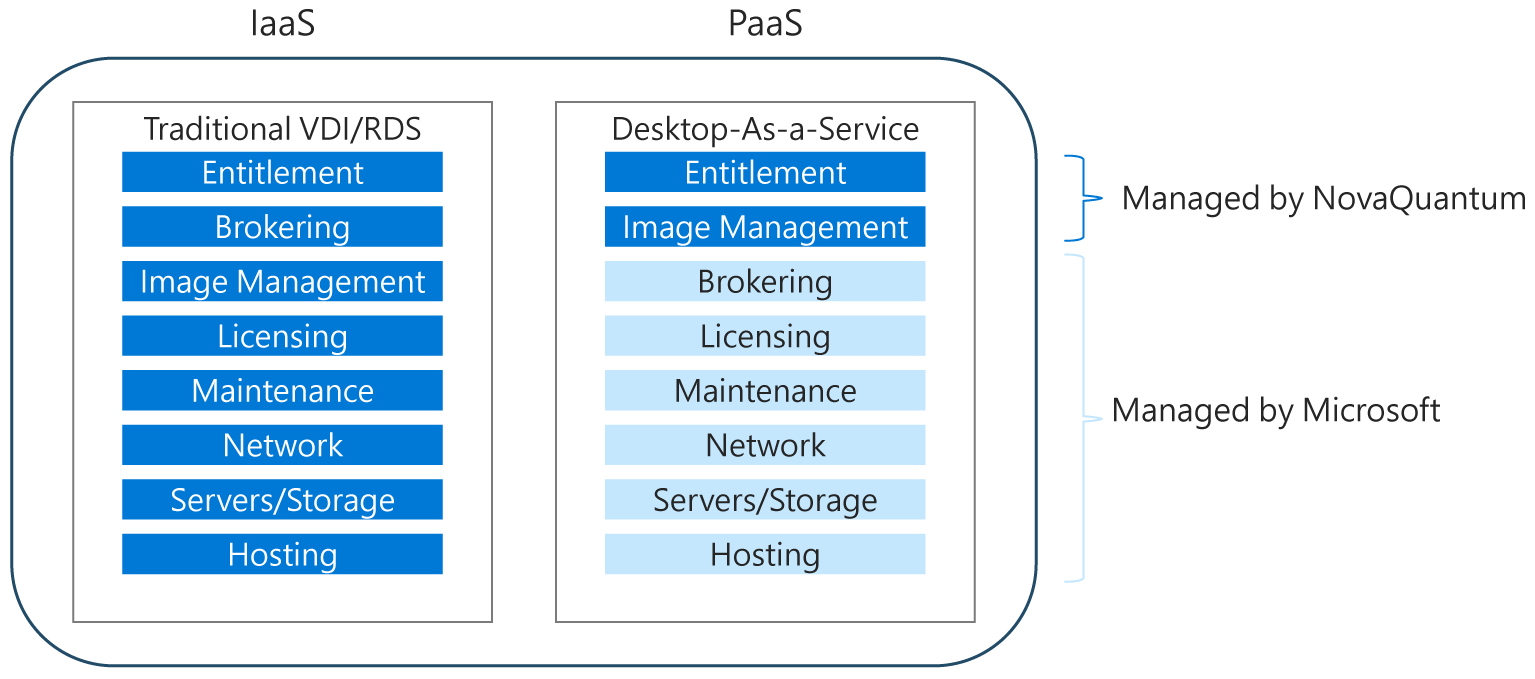
Source: [Microsoft]
This figure shows the differences in responsibilities between a VDI solution and DaaS, where everything in light blue is now part of the cloud managed service
DaaS-type approaches are receiving renewed interest due to the pandemic and the flexibility offered to the hybrid workplace, and in fact, at the beginning of August, Microsoft announced a new DaaS Windows offering spanning SMB through the largest of enterprises. The service includes a choice of vCPUs, memory, and storage. This in addition to existing offers from others including Citrix, VMware, and even CSPs like AWS that support both Windows and Linux virtual desktops.
As with VDI, the crux of any DaaS implementation will be internet connectivity, both on-premises and for remote workers. For on-premises, the enterprise must understand traffic requirements – bandwidth, latency, etc. – and where their DaaS is hosted. Though the absolute bandwidth required, from 100 Kbps at the low end to 2 Mbps+ with video, is not excessive, it must be consistent. And remember this is multiplied by the number of employees.
Existing site bandwidth and approaches to resiliency may in fact be inadequate or the topology, if based on legacy technologies like MPLS, which is a service non-optimized for the new traffic patterns. Remember that if the WAN connection is down, workers using traditional laptops/desktops will be able to carry on their work in some capacity. With DaaS, this is no longer an option, and here is where the advantages of a managed and resilient WAN service that also integrates traffic optimization become obvious.
Support for DaaS within a home environment is even more challenging. Home workers many times share their internet connections with others in the household, subscribe to services with high oversubscription, and may be based in locations where the local ISP is barely adequate. Before making the leap to DaaS for the home worker, internet requirements must be understood and whether the employee must be upgraded to a corporate-sponsored business internet tier. As with on-premises, resiliency is a must.
One of the last considerations is cost, with fresh memories of cloud cost overruns and the creation of companies focused solely on cloud cost containment. If implemented properly – license transfers from on-premises to DaaS, VM right-sizing, continued maintenance of the employee’s desktop (no, DaaS doesn’t operate in thin air), increased site bandwidth, etc. – DaaS should be cost-neutral at worst, show advantages attuned to the cloud consumption model at-best, and 3rd parties place the multi-year TCO benefit at 30-50%. But still, something to be aware of. A few years back, Gartner published a comparison of some of the benefits and challenges of the three desktop consumption models – the PC, VDI, and DaaS – good guidance if and when planning to introduce DaaS.
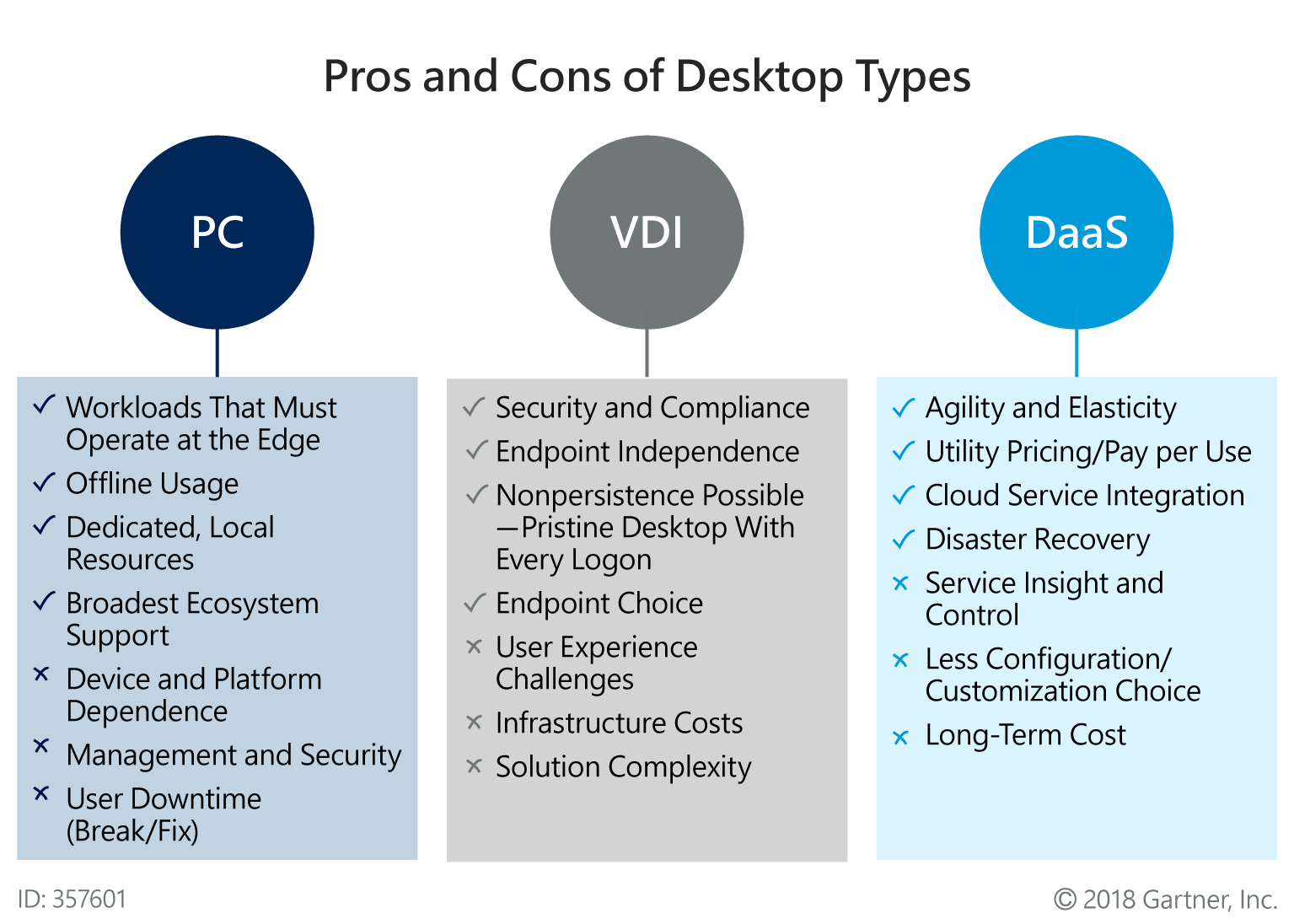
Looking ahead, in a world of hybrid workers and increasing demands for flexibility and security, DaaS should play an even larger role in IT decision-making. In fact, according to recent Gartner research, almost three quarters of I&O leaders have already implemented DaaS or plan to invest in it over the next 12-24 months. This, if the connectivity, resiliency, and cost considerations described earlier are addressed during the planning stages.




